The ZF01 was one of the fastest Brazilian endurance cars of the early 2000s, setting lap time records for Brazilian manufactured cars that would only be broken in the Endurance Brazil era by cars like AJR and Sigma. Built by JL, now Giaffone Racing, the ZF was a Brazilian version of the successful American prototype Riley&Scott Mk III, built in Brazil under license.
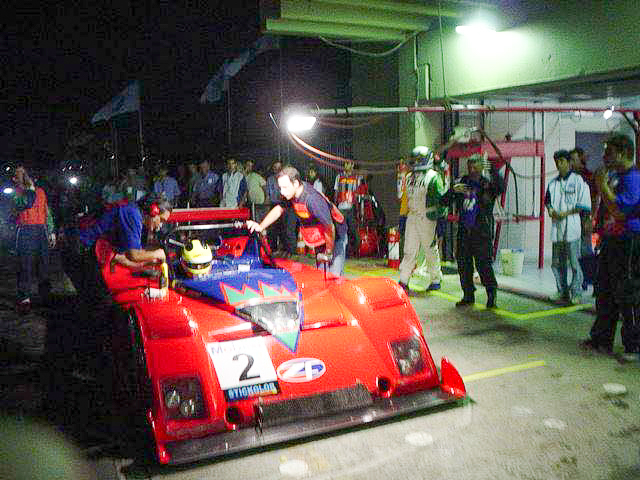
Equipped with a 358 cubic inch Chevrolet V8 engine, the prototype debuted on the tracks during the 2004 Brazilian Mille Miglia, taking pole position in the race, but abandoning it and placing only 46th overall. Throughout the 2004 season, the ZF of Scuderia 111 fought intense battles against the Audi TT-R DTM of Xandy and Xandinho Negrão, winning only the 300 Miles of Interlagos and facing mechanical problems in the 1,000 km of Brasília and the 500 km of Rio de Janeiro.
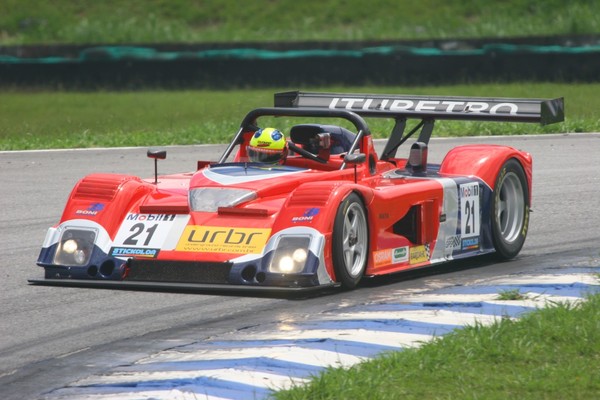
In the 2005 season, the ZF would appear in only three races, once again taking pole position in the Mille Miglia and also in the 1,000 km of Brasília, but only completing the Mille Miglia in second place, defeated once more by the Audi TT from the Negrão family.
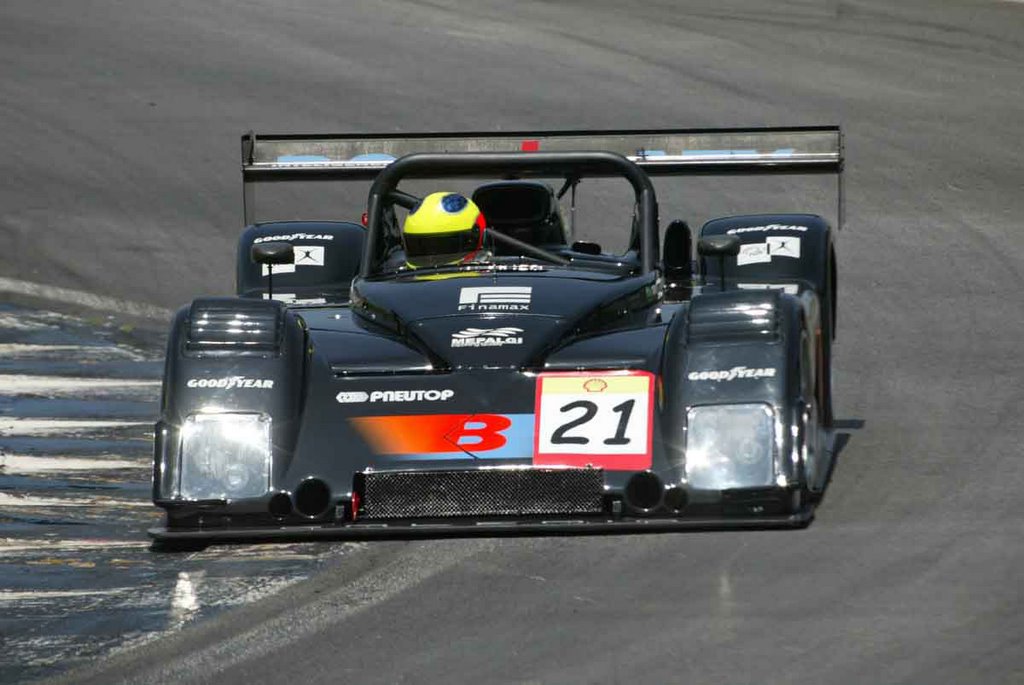
Finally, the ZF’s last appearance on Brazilian tracks was at the 2006 Mille Miglia, which featured several FIA GT teams, and once again taking pole against several FIA GT1 models (Corvette C5R, Ferrari 575 GTC, Aston Martin DBR9 and Saleen S7R ), in addition to the traditional Lister Storm and Mercedes CLK DTM from the Capuava Racing team. Neverthless, the ZF abandoned again after engine problems.
Aerodynamic Analysis
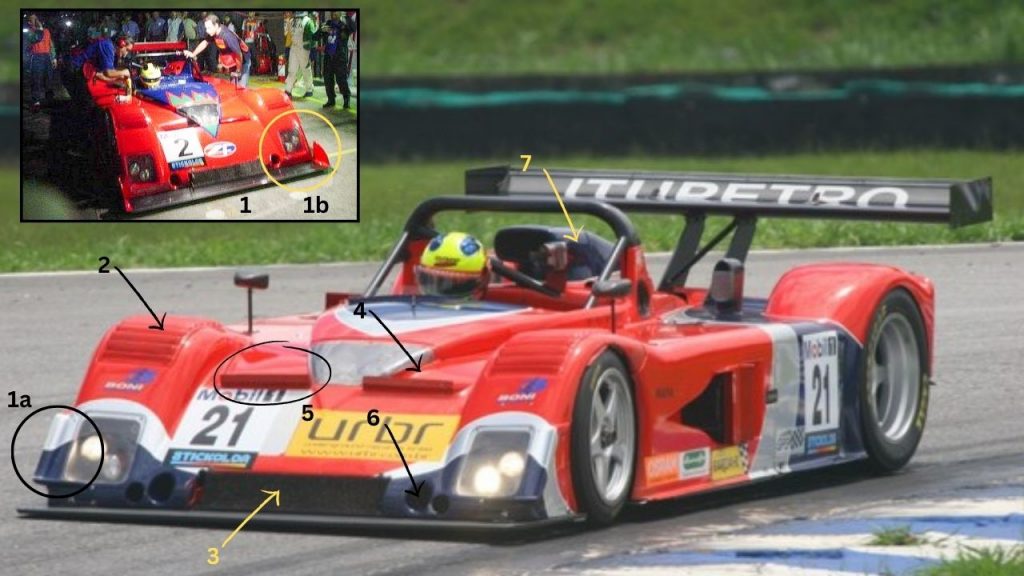
The aerodynamics of the ZF01 strictly follow Riley&Scott solutions, with a front splitter (1) accompanied by small canards (1a). At the car’s debut on Brazilian tracks in 2004 (photo in the top left corner), the canards were absent, and the splitter was accompanied by components similar to endplates (1b). Still at the front, the wheel arches were ventilated through louvres (2). The radiator was positioned at the front of the car (3), with ventilation through two openings surrounding the cockpit (4). Eventually, gurneys (5) were applied to create a low pressure zone, improving radiator extraction and efficiency. At the front, the air intakes for the front brakes (6) were still present, which in the initial configuration were two circular openings and from 2005 onwards became 4 openings, two on each side. Finally, the dynamic air intake for the engine was positioned right behind the pilot (7).

In the side view we can better see how much the front splitter (8) protrudes in front of the fairing, and the NACA duct and respective side air outlet (9). The rear brakes were cooled through scoops (10), and finally the rear wing had two elements (11).

The rear section of the ZF01 does not feature major aerodynamic elements, and the absence of a diffuser is notable, something almost omnipresent in prototypes today, a symptom of the set of regulations under which the Riley&Scott had been designed. We can also see some grilles to reduce pressure build-up under the rear fairing (12).
Results


You may also be interested in:
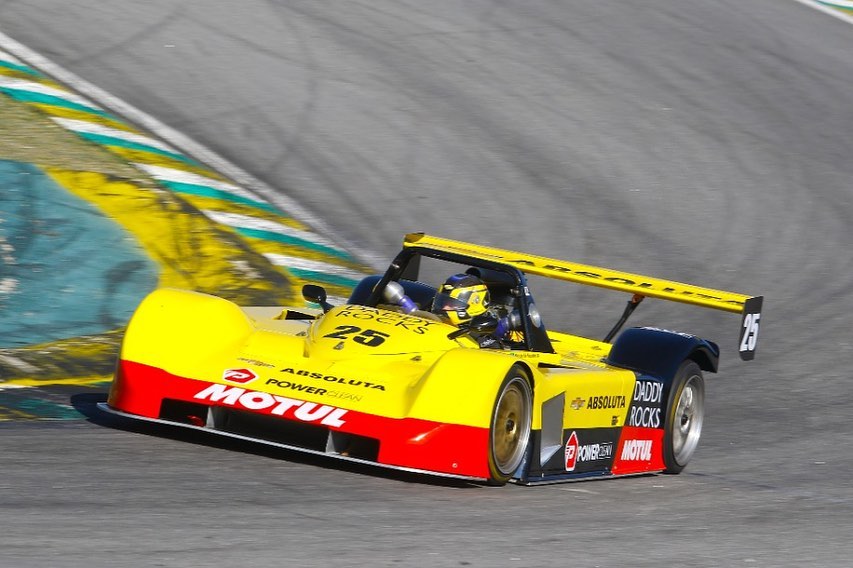
Absoluta ABS01 / Braspress Alfran 450A (2021 – )
The Absoluta ABS01 prototype is a project by João Alfran, and was originally built in 2005 for the Braspress team from Urubatan Helou. Now the project is given new life by the hands of Ney Faustini, to compete in the competitive P2 category of Endurance Brasil.



